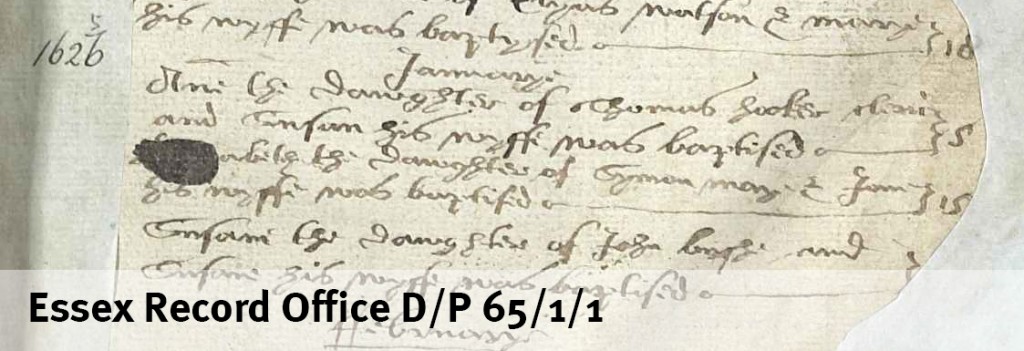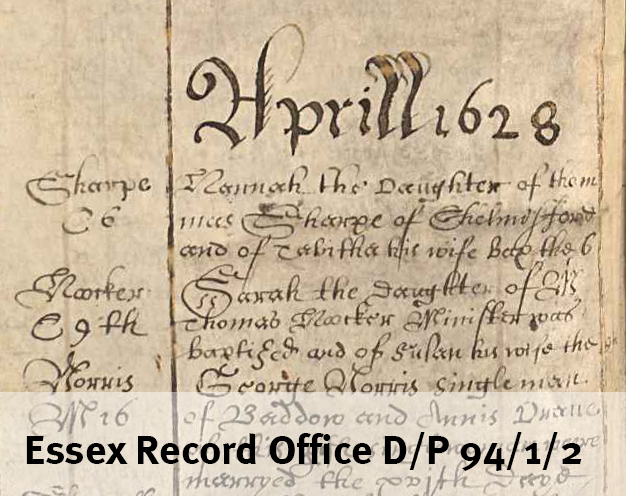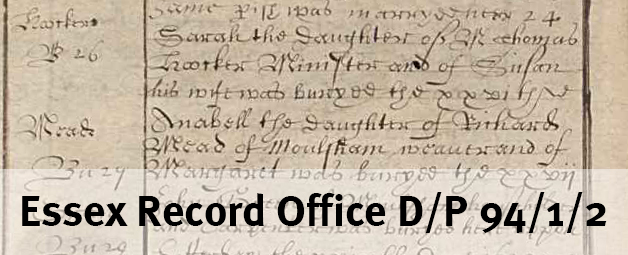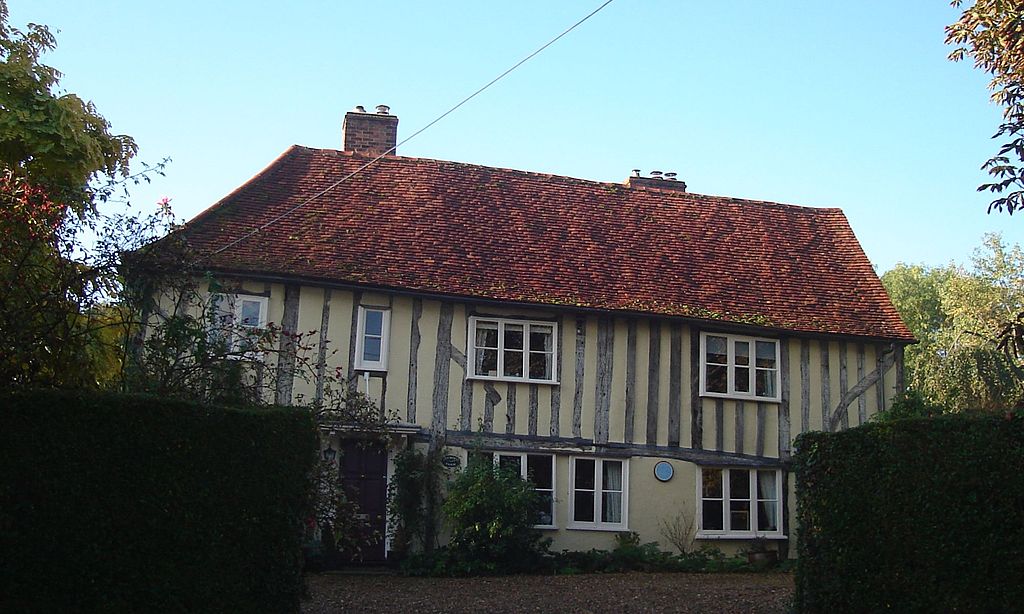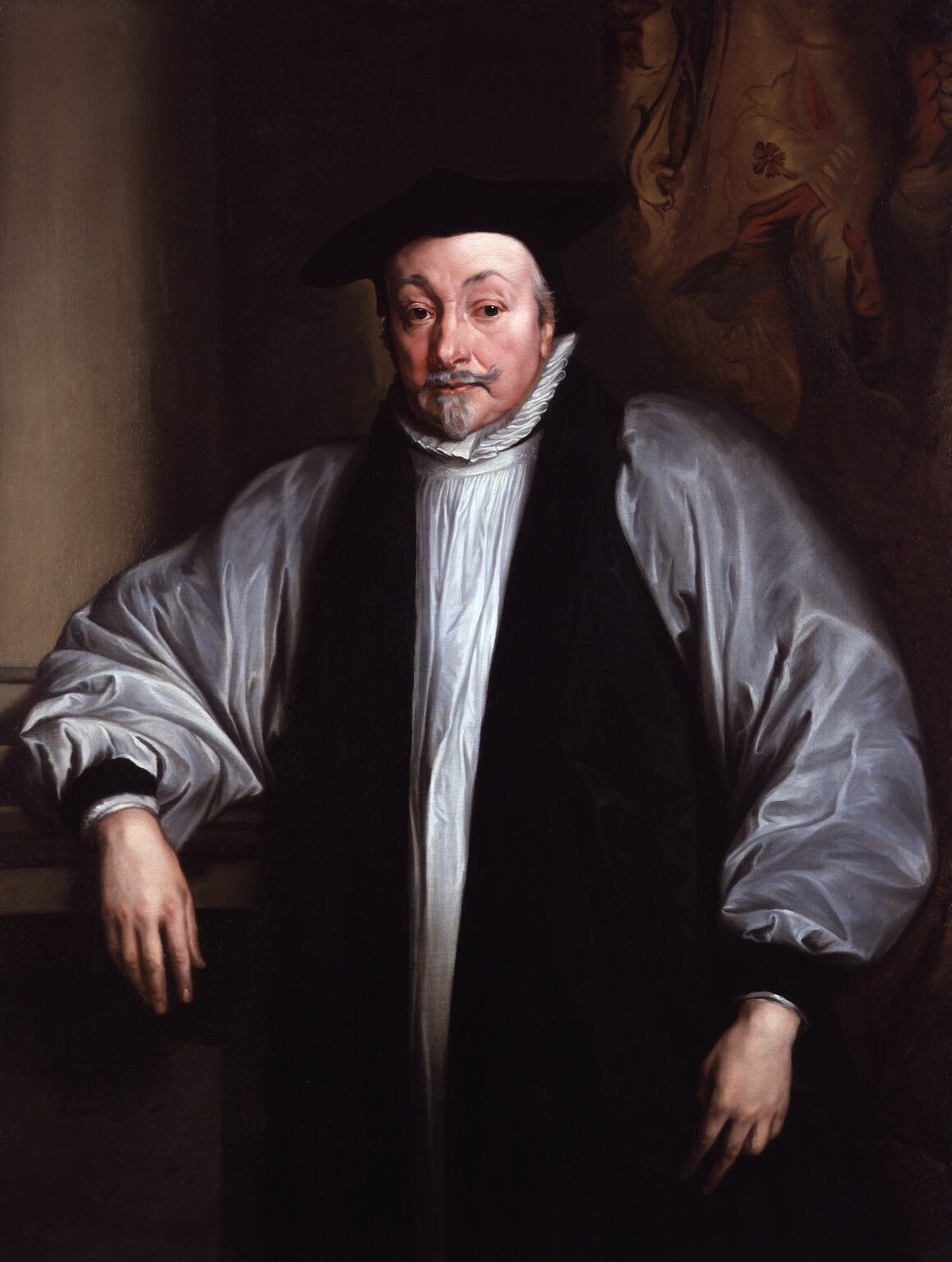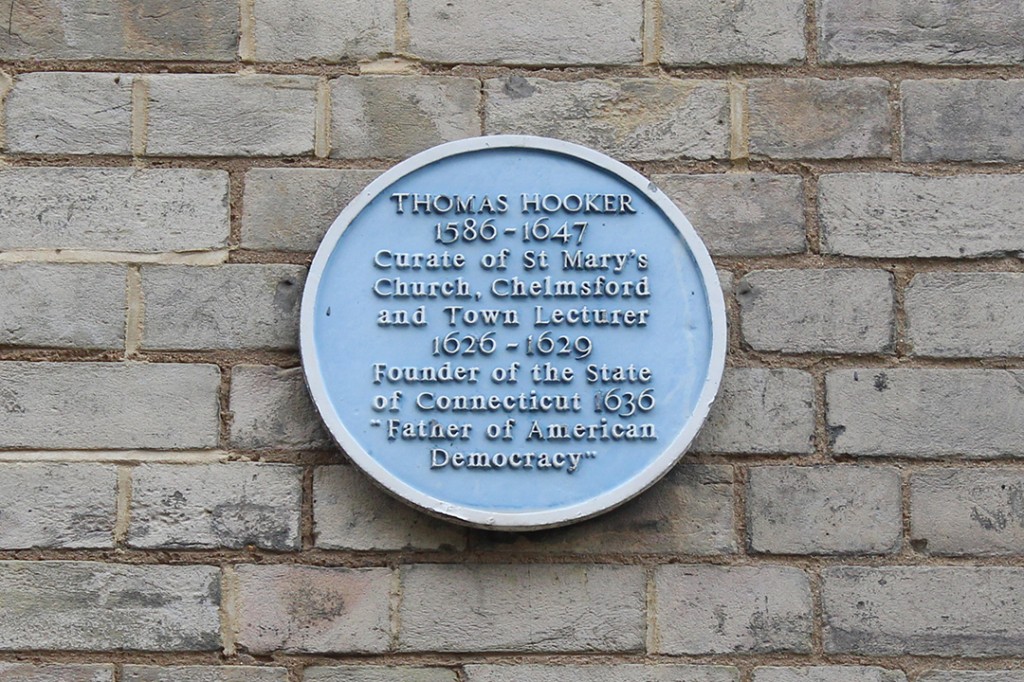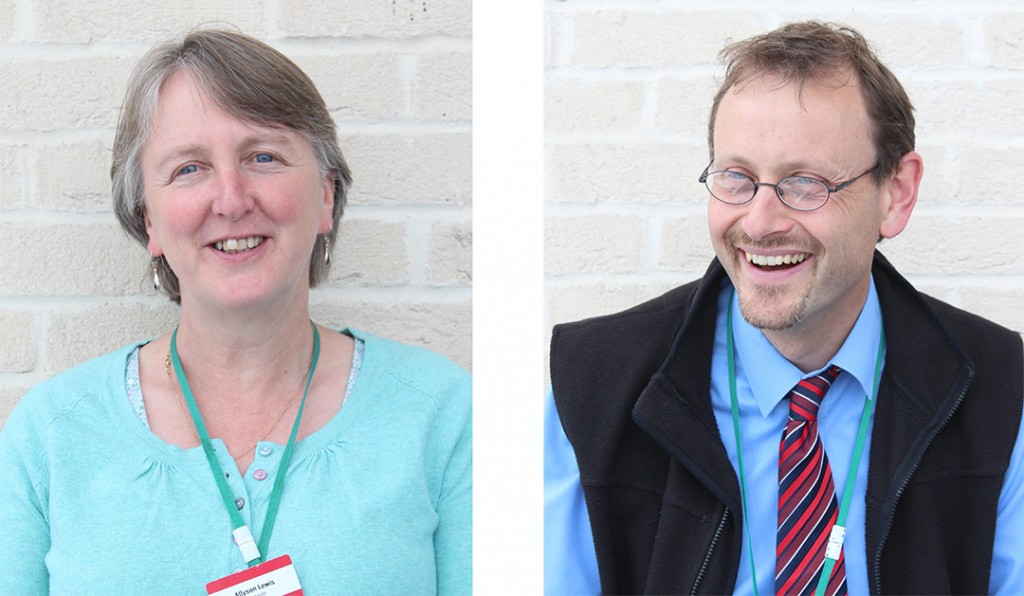University of Essex MA student Punna Athwall writes about the ‘Empire of Care’ collection of oral histories…
In 2018 the NHS celebrated its 70th anniversary. Since 5 July 1948, the NHS journey has involved major changes in terms of its organisation, professionalisation and new treatments. However, the fundamental features of universal healthcare for everyone, free at the point of delivery are the same. The recent COVID pandemic has demonstrated the value of NHS provision to keep the nation safe.
Colchester reached another milestone in 2018 when Essex County Hospital on Lexden Road closed its doors after 200 years. A joint project by Essex University and Colchester General Hospital has compiled a library of images from its history.
Ten years earlier, Hollytrees Museum hosted the ‘Empire of Care’ exhibition, which focused on the lives and and stories of the nurses who came to Colchester to work for the NHS, recruited from other countries throughout the Commonwealth Empire. As well as objects, photographs, and press cuttings, the exhibition included interviews with a number of nurses who came to train at Essex County Hospital. These oral histories provide a window into life in Colchester from the 1950s to the 1970s.
History of Essex County Hospital
In 1818, a hospital for the poor was set up on Lexden Road by the archdeacon of Colchester, Joseph Jefferson. From 1907, his voluntary institution became known as Essex County Hospital. During the early days, the hospital was financed by subscriptions, gifts, and interest on investments, as well as collections, bazaars, and fundraising by the Ladies’ Linen League and Colchester Ladies’ Collection Association. From 1920, in-patients were charged £1 a week for maintenance, reduced to 10 shillings for contributors to an insurance scheme.
By this time, the hospital included an operating room and beds for more than 80 patients in eight wards. The hospital continued to add new buildings and medical facilities to cater for increasing demand, and during the Second World War it was graded as a first-class non-teaching hospital for all types of cases, becoming part of the emergency medical service.
In 1948 the County became part of the National Health Service. Over the next 40 years, the hospital added further facilities, including new operating theatres, a radiotherapy block, a postgraduate study medical centre and a children’s wing.
Empire of Care Interviews
The ‘Empire of Care’ collection, held as part of the Essex Sound and Video Archive (ESVA) at the Essex Record Office, includes seven interviews, from 21 minutes to over an hour long. Two of the nurses interviewed came from Malaysia, one from St Vincent, two from Trinidad and one from Braintree. Another interviewee was a local lady who supported trainee nurses.
Most of the international trainee nurses were young – around 18 years old – when they arrived in Colchester. They all wanted to care for others and considered nursing to be a good job. They came to England because of a shortage of nurses. For most of them, it was the first time they had left home, and was their first experience of air or long boat journey.
They comment that, at the beginning, they felt lonely in a strange country, with strange cultural practices and the wintry weather. However, they soon settled into their unfamiliar environment, sometimes helped by local families and by nurses from their own country who had come before them.
They all said that training was demanding and regular work on wards was tough. They had to provide their own laced black shoes and black stockings, and some had to buy warm clothes and coats from their first wage.
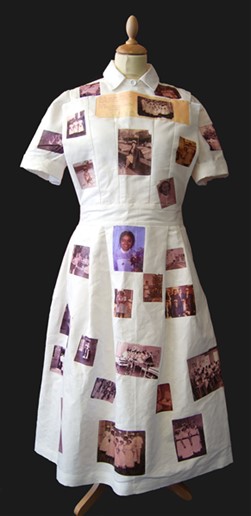
Most felt that the matrons and sisters were stern but fair. Trainee nurses had to be quiet during ward visits by consultants. Different shifts required certain tasks to be completed to tight schedules, which could cause problems. All the nurses were dedicated to their studies and did well to complete their training successfully.
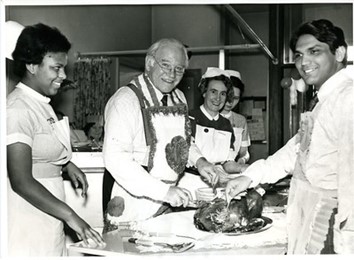
Work on wards brought all training nurses in close contact with patients, all of whom were white. They knew little about the places that the international nurses came from, but were curious to know about food and how life was back home. Some patients were surprised that Caribbean nurses spoke good English, without realising that English was their mother tongue. The Malaysian nurses mentioned that they found it difficult to understand patients when they used local slang and spoke fast.
In the clip above, Shirla recalls not being taught as well as her fellow trainees by one of the ward sisters. She was so upset that she wanted to leave and sent a telegram to her family, asking for money to go back home. The money did not materialise, and she was persuaded by another sister to return to her duties. After explaining the situation to Matron, she had no problems.
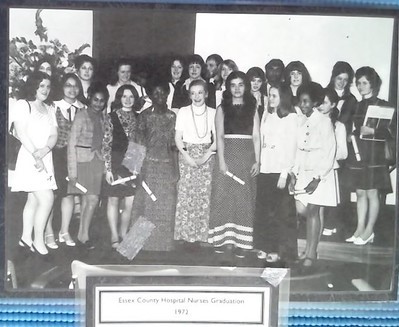
Colchester was considered a small town with few facilities – one interviewee recalled her excitement when the first coffee shop opened. On days off, some of the trainees visited their foster families or went home with local nurses. They had to leave the nurses home during holidays, but usually couldn’t return home as it was too expensive. One nurse stayed at the Methodist International Hall for her holidays. The Colchester International Club provided socialising opportunities to meet people from other countries. One of the interviewees met her husband, who was from Hong Kong, there; they had their wedding reception at her foster parent’s house.
Most of the nurses stayed in England and worked until they had families. Only one returned home to Malaysia, and she came back to England after three years. There was a general belief among international nurses that their chances of promotion were limited. Most of them left general nursing and went to London and trained in midwifery. Despite that, all the interviews were glad they came to England, and enjoyed long and successful careers.
Healthcare today in Colchester
During the 70 years since the creation of the NHS, health services in Colchester have undergone tremendous change. According to the April 2018 Annual Report, Colchester Hospital University NHS Foundation Trust provided healthcare services to around 370,000 people from Colchester and the surrounding area. It recognised that Colchester was a largely affluent area with relatively low unemployment and above average life expectancy.
However, a recurrent theme for the staff survey was that “staff from an ethnic background do not routinely feel supported to progress their careers and move into management posts”.
The Trust had a programme of work celebrating all staff and providing support such as dedicated group meetings for international new joiners. While progress has been made, it is recognised that further work is required.
In 2014 the BBC reported the shortage of trained medical staff as a major challenge for the NHS. More than a third of nurses in three Essex hospitals were from overseas due to a shortage of British-trained recruits. At Colchester Hospital, 29% of doctors and nurses came from overseas. The most popular countries for recruiting nurses are Spain, Portugal, Ireland, Italy and the Philippines.
Recently, the Nuffield Foundation report Closing the Gap estimate that for the English NHS “an additional 5,000 internationally recruited nurses will be needed each year until 2023/24″.
Based on the current indicators, the shortage of nurses, recruitment from abroad, and barriers to promotion for Black and Asian nurses, may not have been left behind in the 1970s.
Accessing the interviews
You can now read full summaries of each interview in the ‘Empire of Care’ collection on Essex Archives Online (reference SA 77/1). To listen to the interviews in the Searchroom, contact ero.enquiry@essex.gov.uk.

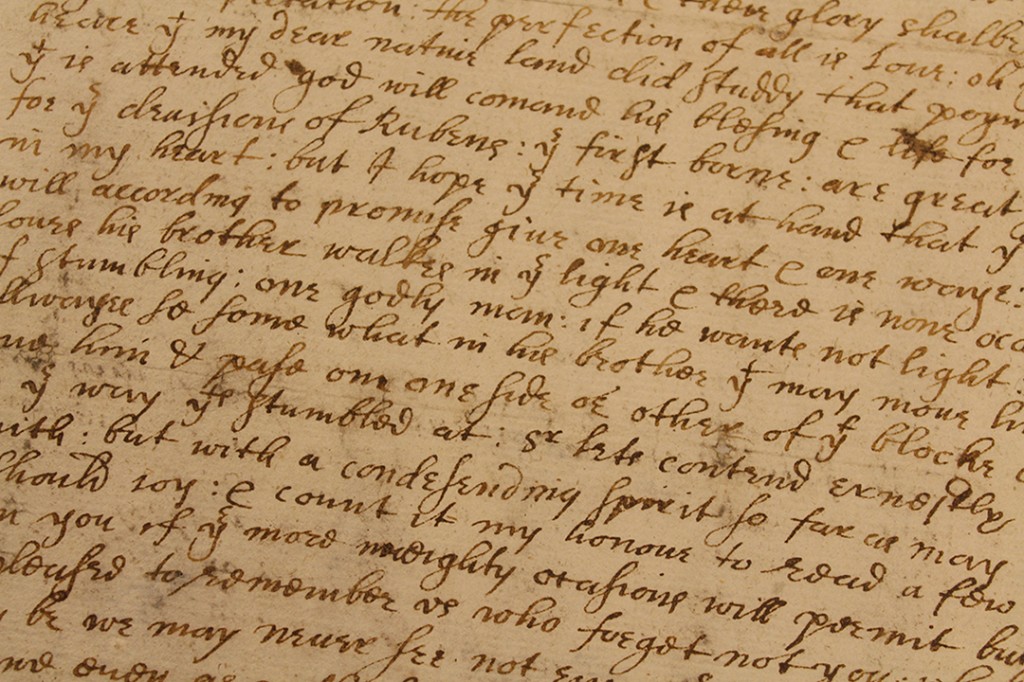
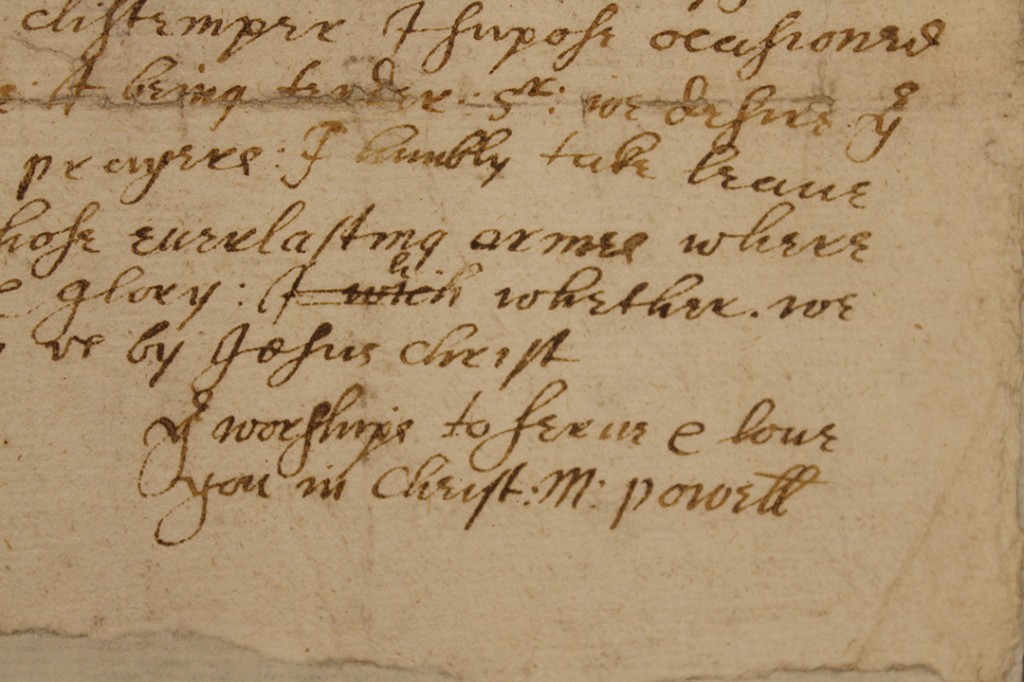
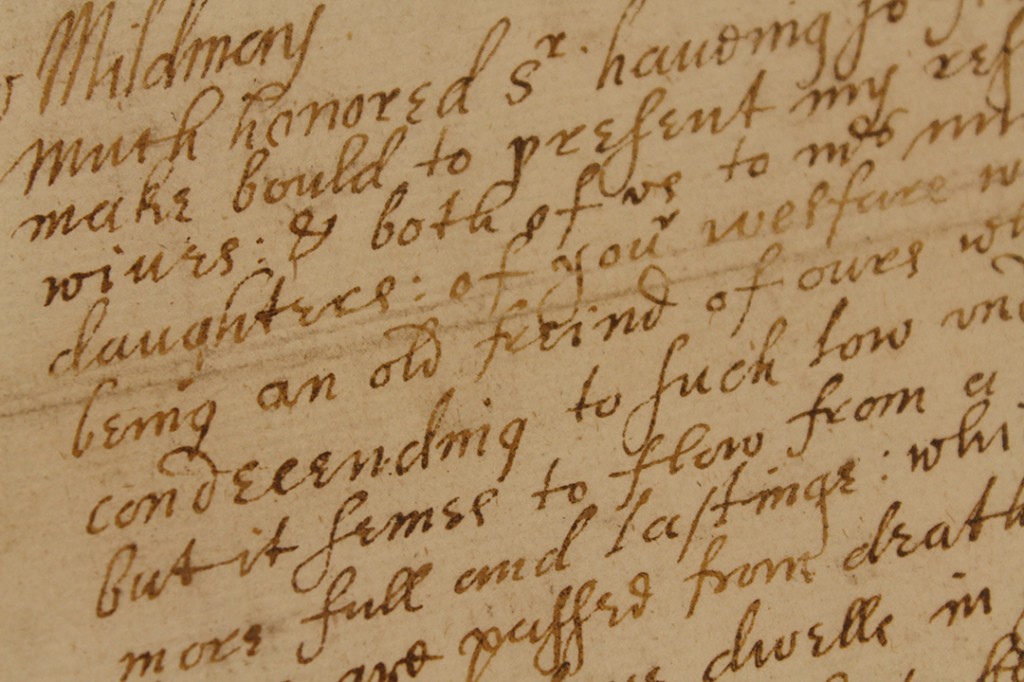
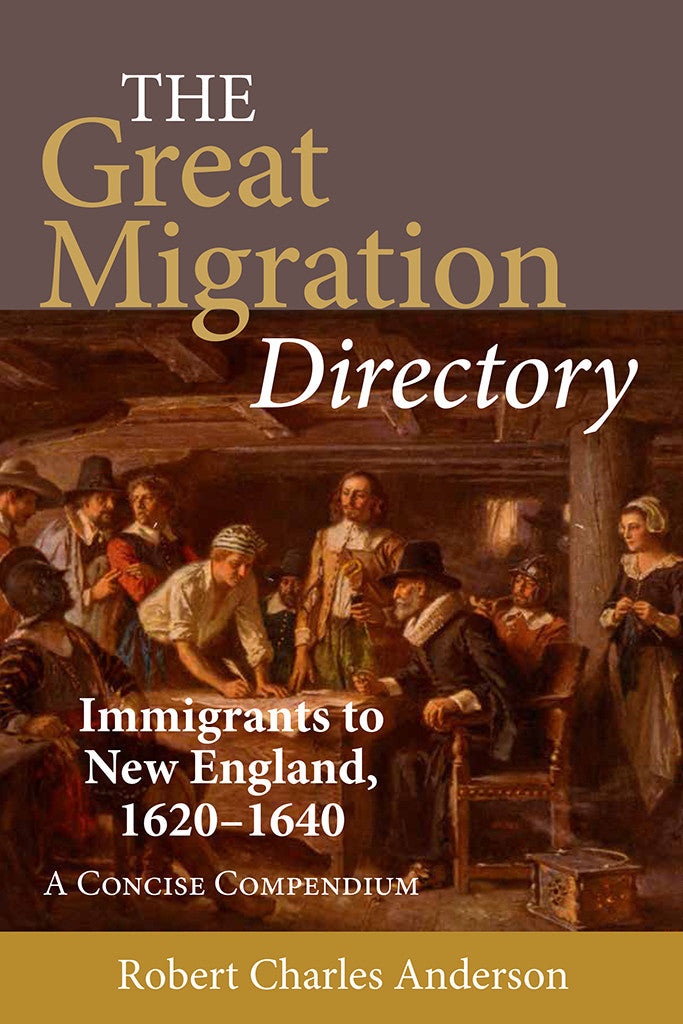 The Great Migration Directory, by Robert Charles Anderson, lists all those families and unattached individuals, about 5600, who came to New England between 1620 and 1640 as part of the Great Migration. Each entry provides data on English origin (if known), year of migration, residences in New England, and the best treatment of that immigrant in the published secondary literature. The book may be ordered through the New England Historic Genealogical Society
The Great Migration Directory, by Robert Charles Anderson, lists all those families and unattached individuals, about 5600, who came to New England between 1620 and 1640 as part of the Great Migration. Each entry provides data on English origin (if known), year of migration, residences in New England, and the best treatment of that immigrant in the published secondary literature. The book may be ordered through the New England Historic Genealogical Society 